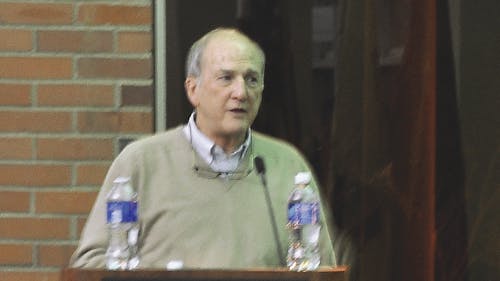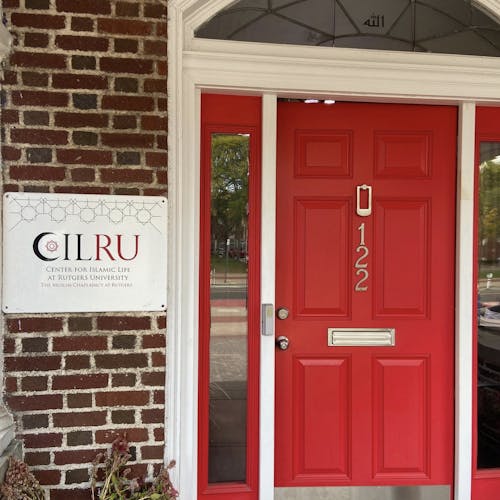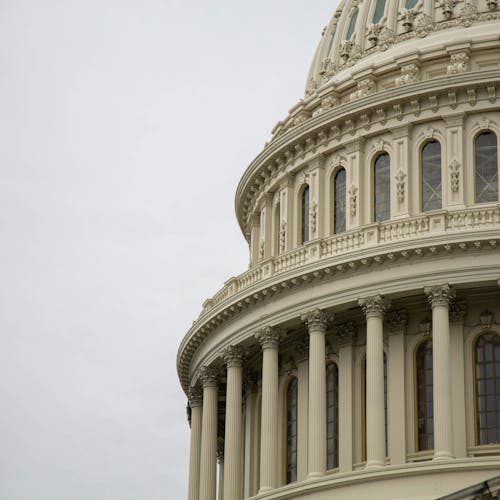Barchi confronts student issues at RUSA meeting

Athletics, the Big Ten Conference, faculty salaries and campus housing are just a few topics that have stirred controversy over the past few months.
Yesterday evening, Rutgers President Robert L. Barchi addressed these issues for an hour in front of the Rutgers University Student Assembly at the Student Activities Center on the College Avenue campus.
He spoke for 15 minutes, opening up the rest of the hour for questions from students. More than 100 members of the Rutgers community attended the event.
“Let’s just have questions and see where the conversation goes,” Barchi said.
The University’s financial struggles were central to many of the topics of debate, with some students seeking explanations for how much has been spent on football.
“We are looking for a plan to get cost-neutrality,” Barchi said. “We’re taking it down by a million dollars a year, and when we hit full participation in the Big Ten, we’ll be where we need to be.”
Full partnership in the Big Ten Conference occurs over a five-year period. At that point, the University will begin to receive its full cut of the league’s profits.
Barchi said the decision to enter Division I athletics was made 10 years ago, and a good portion of alumni donations depend on athletic teams remaining competitive in their leagues.
The administration ultimately decided that profiting from the Big Ten was the only way to make athletics cost-neutral rather than dependent on University funding.
“It is a little bit disingenuous to say that that money was a subsidy,” Barchi said. “It was absolutely a business decision.”
Barchi said fundraising was a challenge when he arrived at Rutgers.
“We were two-thirds of the way through with a billion-dollar fundraising campaign, and we were behind,” he said.
Rutgers hit a record in its fundraising last year and will be breaking that record this first quarter. Within the next 10 days, the University will reach the $1 billion mark, Barchi said.
One of the hardest hits on the University’s budget was its merger with the University of Medicine and Dentistry of New Jersey, which is the largest merger ever attempted in the United States.
Alex Uematsu, a Livingston campus representative from RUSA, was concerned about the tuition costs for students, which has been rising gradually over the years.
Uematsu, a School of Arts and Sciences sophomore, said a lack of money is always mentioned when lowering tuition is brought up with administrators.
“I know the talking point that it’s an investment, but I’m more interested in … why you say you don’t have money when you do,” Uematsu said.
Barchi responded that the cost of tuition for students was at odds with the salaries of faculty members. A $1 million increase in faculty salaries usually equates to a 1 percent increase in tuition.
“I do not want to raise tuition,” he said. “But if the state comes back and cuts our budget, I don’t know what else I’m going to do.”
Justin Schulberg, a College Avenue Campus senator in RUSA, had concerns about potential sources of unused funding.
“Apparently, the University sits on hundreds of millions of dollars in reserves,” Schulberg said.
Barchi said that idea came from an outside economist that unions brought in to examine the University’s records.
“They are not unrestricted dollars that I have any access to,” Barchi said.
He was optimistic about the number of college applications that Rutgers has received, which has recently increased by 14 percent in New Jersey and 18 percent overall.
The University is seeing the largest out-of-state application increases from the Midwest, which Barchi attributes to the high visibility of the athletics teams.
“Every time we play a Big Ten football game, we’re in a million homes,” he said.
He also added that much of the advertising for Rutgers in the conference involves its academics.
Students may have seen emails in the past year requesting their input on a University Strategic Plan. Barchi outlined more of this five-year plan in detail throughout the evening, which involves constructing on campus, restructuring the administration and addressing quality of life.
Barchi acknowledged that publications such as the U.S. News and World Report, which ranks colleges based on multiple factors, would not reflect these improvements at Rutgers immediately.
He cited another source, the Center for World Ranking of Universities, which he claimed used more reliable methodology that ranked Rutgers as the 33rd school in the world this year.
“We aim to be recognized as one of the foremost research-intensive public universities in the country,” Barchi said.



